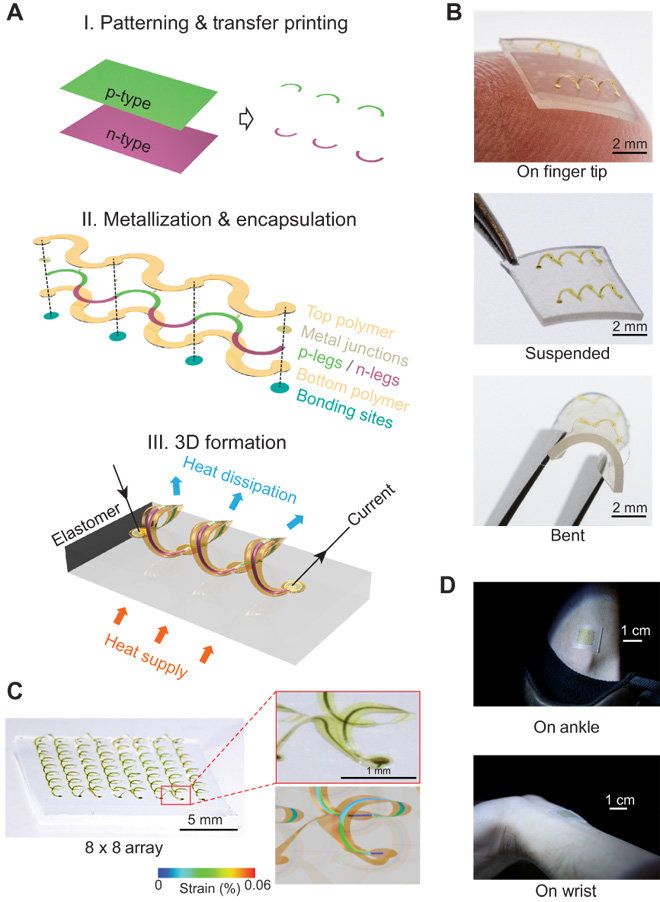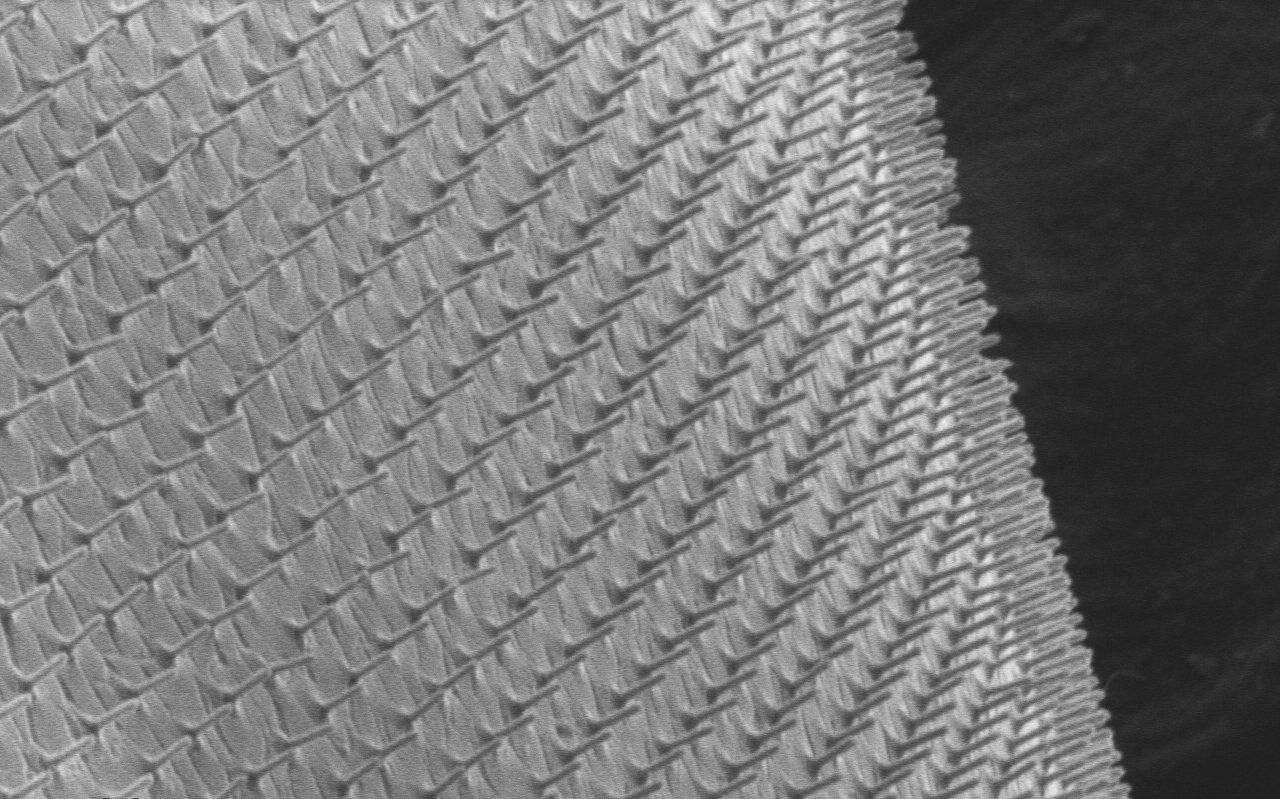The write up provides few sources but the phone interview with Mitchell on Fox News is good…
The Sixth Man to walk on the Moon – Edgar Mitchell made fainting claims about alien life when he stated that the existence of the alien visitors is kept a secret from the public, not due to fear of widespread disbelief, rather, a fear that the monetized interests of big business could go into a state of irrelevance if we were given a chance to harbor the technology.
According to reports, Edgar Mitchell, the sixth man to set foot on the surface of the moon disclosed details about alien life and their presence on Earth which much considered ludicrous.
However, these claims are not coming from someone without any solid backgrounds. Edgar Mitchell has a very solid history behind him. The Former NASA astronaut graduated from the Carnegie Institute of Technology in 1952, with a degree in Industrial Management. He continued his studies while serving in the US Navy where he managed to combine his military career with improved education, studying another bachelors degree in Aeronautical Engineering within the naval postgraduate school in 1961.








